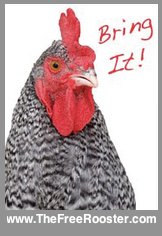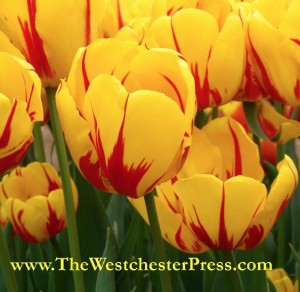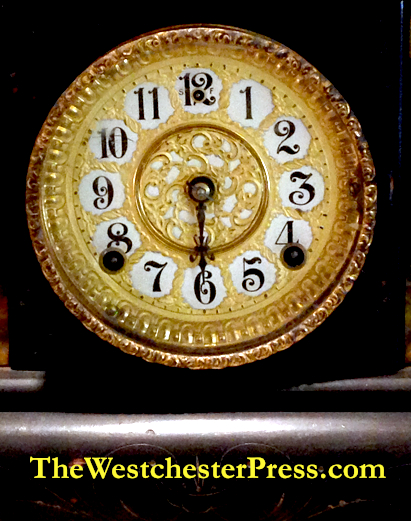I recently listened to a back episode, Episode 36, of the Rocking Self-Publishing Podcast by Simon Whistler where he was interviewing Beverly Kendall about her writing, publishing, and the survey she had done on what self publishers are earning.
Beverly said that she had purposefully targeted places where “committed self publishers and writers” gathered in order to get the best responses for her survey – responses which completely trashed the popular idea that self publishers were earning nothing.
It was this distinction of “committed” that was the real key. That caught my attention.
What was the difference between a self-publishing dabbler and a committed self publisher? Well, for one thing, the income.
I had been serious about my self publishing and certainly had the time commitment dialed in, but I started to think… and read… and listen… and follow… and like… and pin… and subscribe… about what I could do to really commit to my writing and self publishing. About what that would mean.
I took a simple first step. I went (online) to the places where “committed self publishers and writers” gathered (twitter, hashtag #selfpublish, find and follow the industry gurus)- and I listened.
Hundreds, maybe thousands, of voices were saying the same thing – which made it astonishingly easy to hear amidst the crazy babble that is twitter.
Engage: with readers, with industry gurus, with other self publishers, with my local community. Maybe writing is an activity that an introvert can successfully do all alone in a garrett – but publishing requires connecting with this huge peopled world. And self publishing means personally connecting.
Publish Great Content Constantly: blogging, tweeting, pinning… my content has to be out there and it has to be valuable, interesting and preferably accurate. If I can’t do “constantly” I can do AFAP (as frequently as possible.)
Pick a Genre and Stick With It: because readers do not generally leave their favorite genre to follow you, the author, to your next book. I muffed that one already. My aviation history biography is mysteriously not as interesting as I thought it would be to the fans of my family memoir chicken-raising homestead adventure. Aviation history fans love it – but chicken moms are meh. The income lies in an excellent and riveting series within a single genre.
Do All That While Still Writing All The Time: ah, jeez. (screeching tires on pavement sound.)
The unspoken, “and don’t quit your day job” was not as prevalent in these streams because many of the authors had actually quit their day jobs. These were the full-timers, the mid-listers and more who were making enough or more at self publishing for it to be their day job. So I was going to have to improvise in order to do all this while nurturing my day job.
My biggest challenge was going to be managing the time it takes me to write and self publish my books. The two I already have on Amazon, which sell even though I still need to market them, each took over a year to produce, and that’s too slow for where I want to be as an author – and what I want to earn.
I needed to find out How To Get More Efficient In My Writing And Self Publishing, and that answer was out there in the twitter stream as well.
Which brings us to SCRIVENER, and my next post.










